
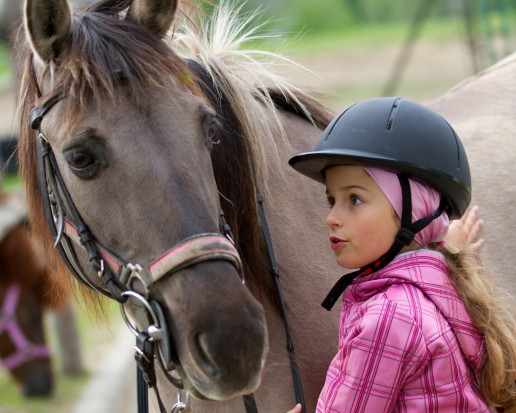
Pony racing has become a great training ground for future jockeys, especially in Ireland where it has helped create champions such as Ruby Walsh. In 2004, the British Horseracing Authority reviewed jump racing to see why no British jockeys were coming though, and decided to run a few trial races. In 2007 the Pony Racing Authority was created, with over 150 races now being run across the country.
In the simplest terms it is racing for ponies. Riders must be from 9 to 15 years old. Their ponies must be between 5 and 20 years old. There are two divisions based on the pony’s height: 138cm and under; and, 148cm and under. There are a number of tiers, and types of races for all sizes and levels of experience. Just like a real race, jockeys will need to weigh in and out, and ponies will need to be paraded. This means parents will need to get used to being a groom. Races are held at point-to-point courses and racecourses. This means you can race over the turf that thoroughbred’s race over every season.
As well as great fun, it provides experience and a possible career path into the racing industry. Many pony jockeys have gone into racing yards, some even becoming top jockeys.
Pony racing has a number of tiers riders and ponies, can compete in. The lowest tier is Pony Club Racedays. These days usually have seven races in the card and are fairly informal. The first race to attempt is the Novice. This will get you and your pony used to the environment, experience the parade, develop your tactics and learn how to race against others. The Pony Club also offer training days, incredibly useful to get tips and practice starts. You must be a member of the Pony Club to participate.
Once you have got to grips with the sport, you can then move through Point-To-Point Race Days, then to the top tier, the Racecourse Series. To compete in these two levels you must register your pony with the Pony Racing Authority and prove you have qualified to compete. This means you must have hunted a minimum of four times. You will need to get a letter from the Master of the Hunt to prove this. If you don’t want to hunt, there are training courses you can attend at the Racing Schools or the Pony Racing Authority. These courses last a number of days, and offer riders the chance to try mechanical race horses, visit historical racing sights as well as get to know others entering the sport.
To get to know whether this is for you, go to a Pony Club Raceday as a “punter”. All days are open, so you can stand and cheer on ponies you will soon be competing against. Days are organised all over the country, check out the Pony Club site for race dates.
Most tack is acceptable as long as it is safe, neat and preferably light. All competitors must use a surcingle, neck strap and an Irish Martingale or running/bib martingale. This helps prevent accidents such as tack slipping, and reins being lost over the pony’s head if you should fall off. At Pony Club level any saddle is acceptable other than a racing saddle. In Point-To-Point Races and the Racecourse Series you are allowed to use racing or racing exercise saddles within a certain size. These must be used with a breastplate or girth.
Whips, spurs, blinkers, hoods, cheekpieces, nasal strips, ear plugs – all are banned. Make sure you check the rules as there is an extensive list. This sport is about you getting the best out of your pony with just hands and heels.
For the rider, you will need to wear your own silks (or Cross Country colours if at a Pony Club day.) Hats are mandatory, and must meet the highest standards. Body protectors are required, and it is recommend that they shouldn’t weigh more than 2% of the riders weight.
As long as your pony meets the height and age restrictions, and is registered, any can enter. The key to pony racing is of course getting past the post first. This requires a mixture of speed and stamina. Not all thoroughbreds are the same, and neither are all racing ponies.
If your pony is overweight, or hates to move out of a slow canter, then this sport is not for them.
You will need to firstly assess what your pony’s fitness levels are. If your pony is unfit or obese it will not be able to run for a long period of time. With an overweight pony, you will need to consider stabling them to reduce their grazing time or using a grass muzzle. To improve fitness you will need to first record their resting heart rate. After every session you can then see how quickly they recover. This will help you monitor how their fitness is improving.
Don’t start galloping your pony straight away. Like racehorses, they will need a mixture of work to help get them to peak racing fitness. Roadwork is great for developing stamina. Hill work helps improve the heart and lungs. Keep schooling to develop flexibility and control – use exercises to help develop a rhythm in each gait, so you can control your pony in collected, working and extended gaits. This will help you build up your tactics for a race, and get your pony listening to the aids. At the end of each session, find a place to canter. Don’t go flat out every day, learn your pony’s cruising speed and start to time them. Once a week start to push them out over short distances, see how they can speed up and stretch.
As you improve your pony’s fitness you will need to adapt their food, especially before race days. When preparing for a race, make sure not to work your pony hard. You want to conserve their energy for the day. On the day of the race do not feed them hay in the morning, and remove water before the race. Running on a stomach full of water never works well.
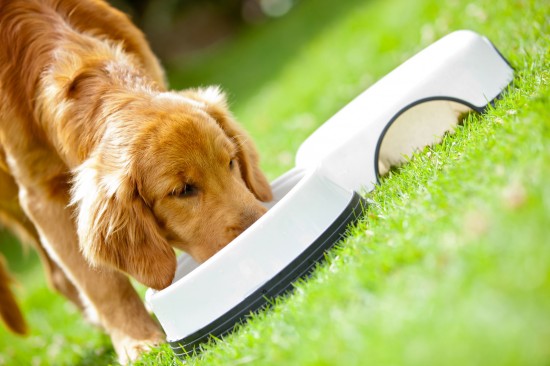 Eight Tips For Choosing A Good Quality Nutritious Food For Your Dog
Eight Tips For Ch
Eight Tips For Choosing A Good Quality Nutritious Food For Your Dog
Eight Tips For Ch
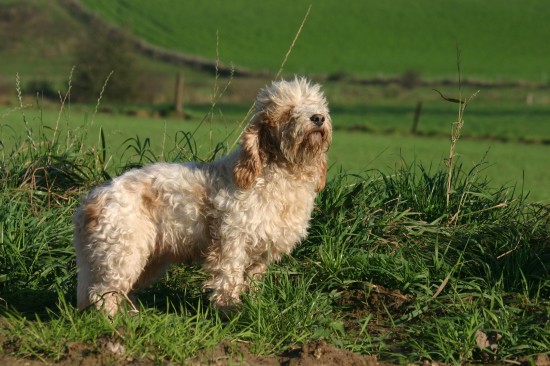 Petit Basset Griffon Vendeen Hereditary Health And Wellness
Petit Basset Grif
Petit Basset Griffon Vendeen Hereditary Health And Wellness
Petit Basset Grif
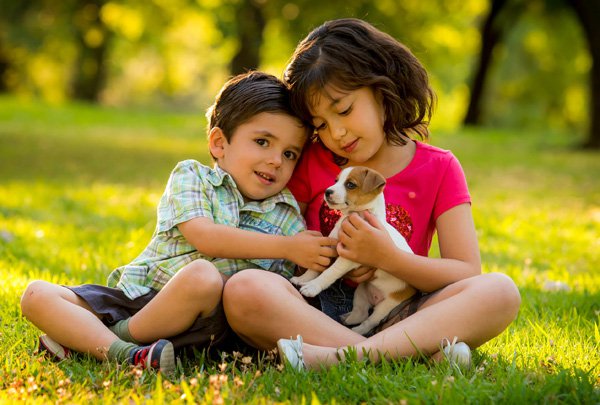 The Best Equipment for a Successful Dog Pig Hunt
The Best Equipment for a Successful Dog Pig Hunt
The Best Equipment for a Successful Dog Pig Hunt
The Best Equipment for a Successful Dog Pig Hunt
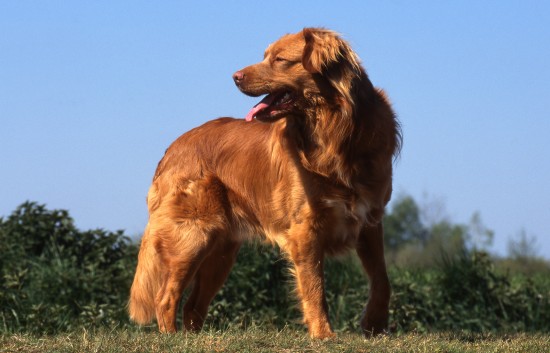 Canine Nutrition & Reproduction
Canine Nutrition
Canine Nutrition & Reproduction
Canine Nutrition
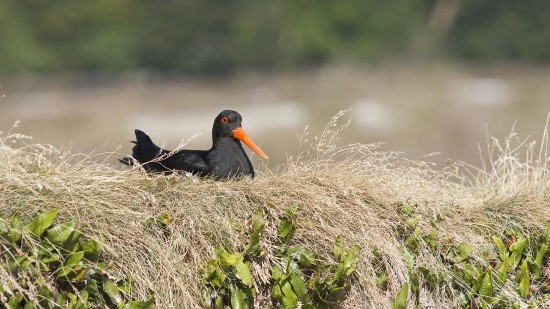 Best Birdwatching Spots In Northumberland
Best Birdwatching
Best Birdwatching Spots In Northumberland
Best Birdwatching
Copyright © 2005-2016 Pet Information All Rights Reserved
Contact us: www162date@outlook.com